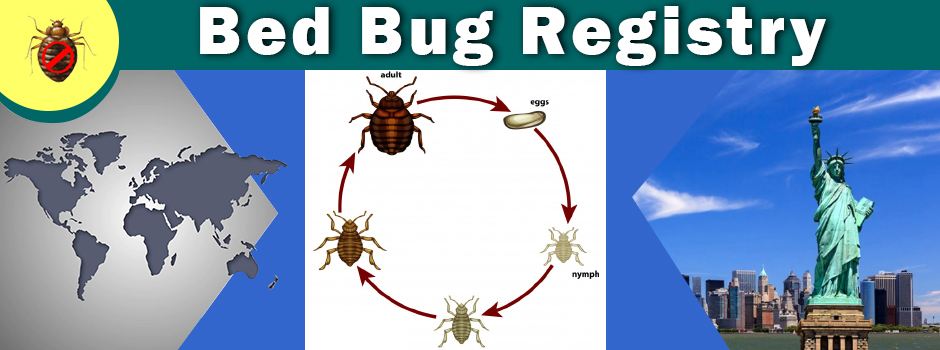We cannot vouch for the truthfulness of any report on this site. If you feel a location has been reported in error, or want to dispute a report, please contact us.
The state of Minnesota (i /mnsot/) is located in the Midwestern United States. The twelfth most extensive state of the U.S., it is the twenty-first most populous, with 5.2 million residents. Minnesota was carved out of the eastern half of the Minnesota Territory and admitted to the Union as the thirty-second state on May 11, 1858. Known as the "Land of 10,000 Lakes", the state's name comes from a Dakota word for "sky-tinted water". Those waters, together with forests, parks, and wilderness areas, offer residents and tourists a variety of outdoor recreational opportunities.
Nearly sixty percent of Minnesota's residents live in the Minneapolis-Saint Paul metropolitan area known as the "Twin Cities", the center of transportation, business and industry, education and home to an internationally known arts community. The remainder of the state consists of western prairies now given over to intensive agriculture; deciduous forests in the southeast, now cleared, farmed and settled; and the less populated North Woods, used for mining, forestry, and recreation. The large majority of residents are of German or Nordic descent, but ethnic diversity has increased in recent decades. Substantial influxes of African, Asian, and Latin American immigrants have joined the descendants of European immigrants and the original Native American inhabitants.
The state is known for its moderate to progressive politics and social policies, civic involvement, and high voter turnout. Minnesota ranks among the healthiest states, and has a highly literate population.
The word Minnesota comes from the Dakota name for the Minnesota River: Mnisota. The root mni (also spelled mini or minne) means, "water". Mnisota can be translated as sky-tinted water or somewhat clouded water. Native Americans demonstrated the name to early settlers by dropping milk into water and calling it mnisota. Many locations in the state have similar names, such as Minnehaha Falls ("waterfall"), Minneiska ("white water"), Minneota ("much water"), Minnetonka ("big water"), Minnetrista ("crooked water"), and Minneapolis, which is a combination of mni and polis, the Greek word for "city".
Minnesota is the northernmost state apart from Alaska; its isolated Northwest Angle in Lake of the Woods is the only part of the 48 contiguous states lying north of the 49th Parallel. The state is part of the U.S. region known as the Upper Midwest. The state shares a Lake Superior water border with Michigan and Wisconsin on the northeast; the remainder of the eastern border is with Wisconsin. Iowa is to the south, North Dakota and South Dakota to the west, and the Canadian provinces of Ontario and Manitoba to the north. With 86,943square miles (225,181km), or approximately 2.25% of the United States, Minnesota is the twelfth-largest state.
Minnesota contains some of the oldest rocks found on earth, gneisses some 3.6 billion years old, or 80% as old as the planet. About 2.7 billion years ago, basaltic lava poured out of cracks in the floor of the primordial ocean; the remains of this volcanic rock formed the Canadian Shield in northeast Minnesota. The roots of these volcanic mountains and the action of Precambrian seas formed the Iron Range of northern Minnesota. Following a period of volcanism 1.1 billion years ago, Minnesota's geological activity has been more subdued, with no volcanism or mountain formation, but with repeated incursions of the sea, which left behind multiple strata of sedimentary rock.
In more recent times, massive ice sheets at least one kilometer thick ravaged the landscape of the state and sculpted its current terrain. The Wisconsin glaciation left 12,000 years ago. These glaciers covered all of Minnesota except the far southeast, an area characterized by steep hills and streams that cut into the bedrock. This area is known as the Driftless Zone for its absence of glacial drift. Much of the remainder of the state outside of the northeast has 50feet (15m) or more of glacial till left behind as the last glaciers retreated. Gigantic Lake Agassiz formed in the northwest 13,000 years ago. Its bed created the fertile Red River valley, and its outflow, glacial River Warren, carved the valley of the Minnesota River. Minnesota is geologically quiet today; it experiences earthquakes infrequently, and most of them are minor.
The state's high point is Eagle Mountain at 2,301feet (701m), which is only 13miles (20.9km) away from the low of 602feet (183m) at the shore of Lake Superior. Notwithstanding dramatic local differences in elevation, much of the state is a gently rolling peneplain.
Two major drainage divides meet in the northeastern part of Minnesota in rural Hibbing, forming a triple watershed. Precipitation can follow the Mississippi River south to the Gulf of Mexico, the Saint Lawrence Seaway east to the Atlantic Ocean, or the Hudson Bay watershed to the Arctic Ocean.
Read more from the original source:
Bed Bug Registry Database Minnesota, Usa, National Bed Bug ...

 Residence
Residence  Location
Location 










